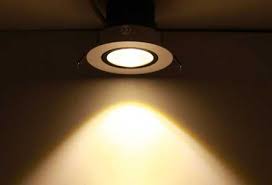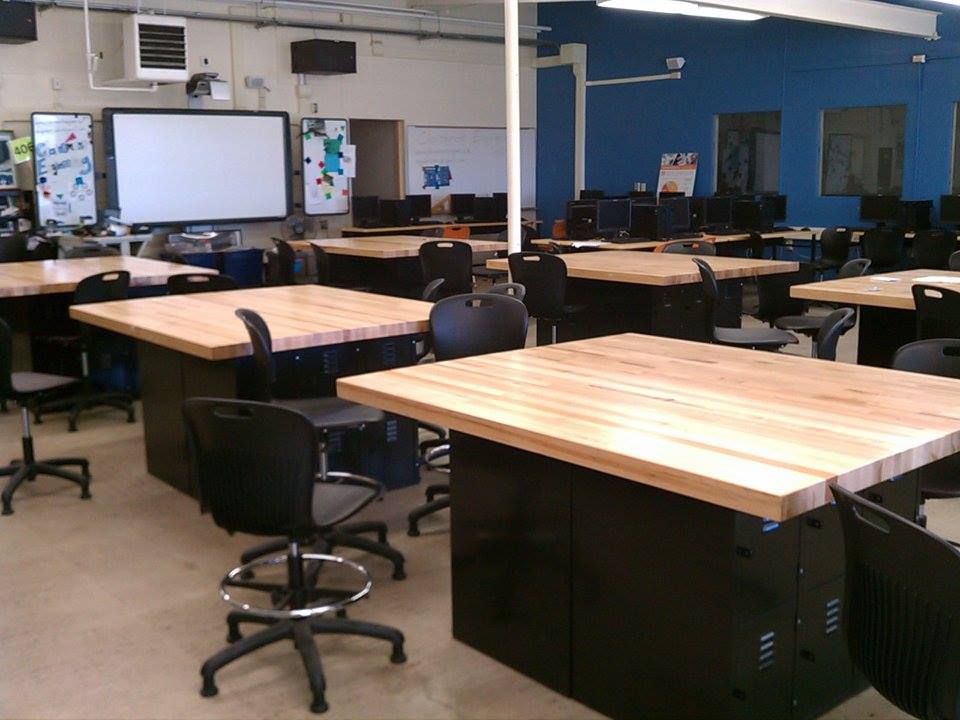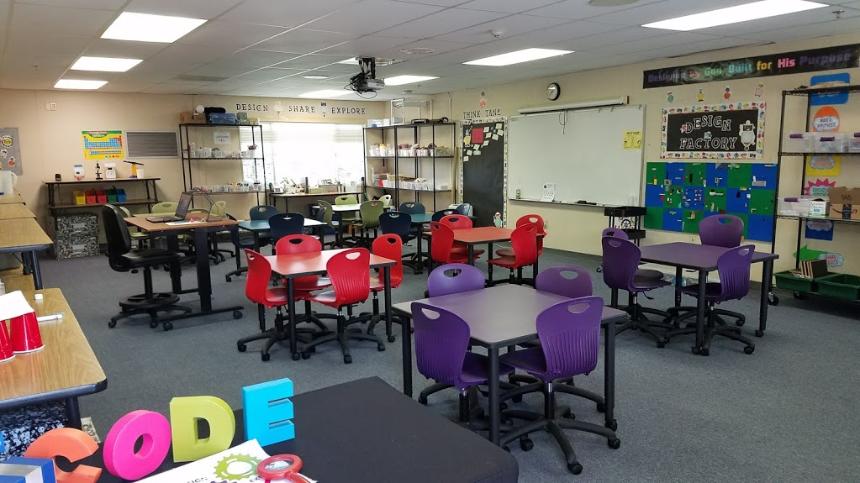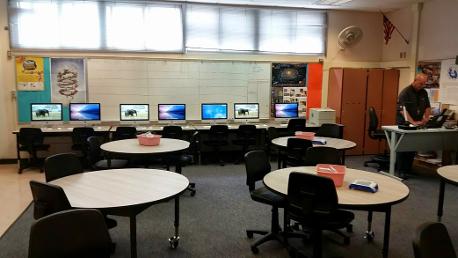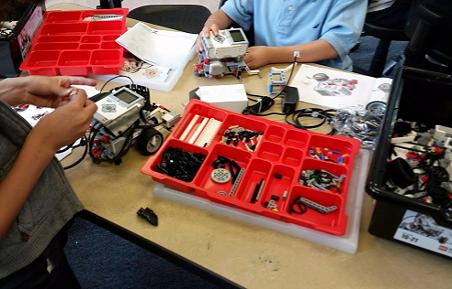- Labs - Science, Computer/CAD, Engineering/CAM, Gaming/Esports, Robotics;
- Classes - Art/Design, Culinary, Medical,and;
- Shops - Wood, Metal, Auto, and Stagecraft
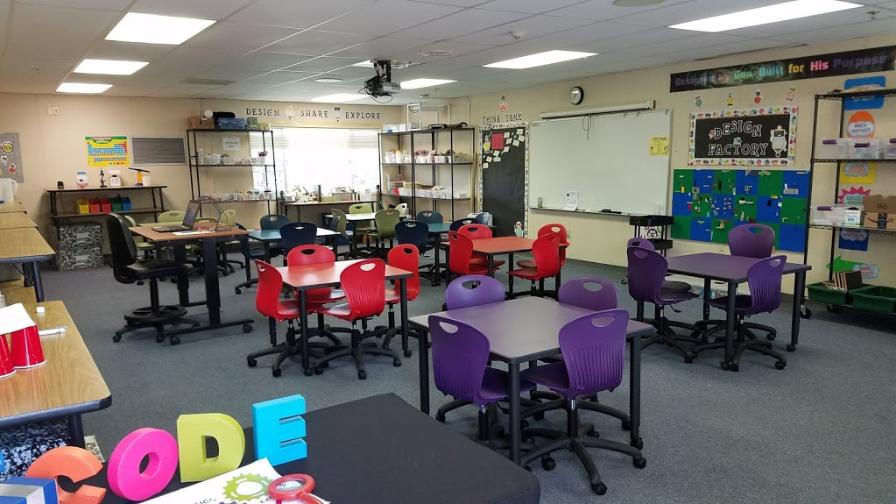
K-12 Makerspaces transcend a fixed or cookie-cutter definition as many of these spaces incorporate different elements of lab, workshop and class environments based on age-appropriateness. By design, makerspaces are unique unto themselves and should reflect the maker culture and skills of the people who created and directly participate in the space. What all makerspaces do share in common is the facilitation of project-based learning. These learning spaces are equipped with a variety of hands-on materials, tools and resources designed for student engagement and collaboration, to make lots of different things.
Maker culture often called the Maker Movement, has helped bring back hands-on curriculum resources and tools eliminated by many public schools in the United States over the past 35 years. Through budget cuts and an academic philosophy that making skills did not prepare students for college, learning spaces such as wood and metal shops, home economics, art and music studios were dismantled. Since the 1980's, the only systematic K-12 replacement for all these tools, was the advancement of personal computers coming into classrooms and the advent of the whole class computer lab. Even today, many computer labs are patterned like traditional 20th-century classrooms in rows of desks and chairs, with all students doing the same activity.
Now and in the coming years, we will see computer labs replaced with very eclectic makerspaces to match common core standards executed through an integrated studies hands-on curriculum. Makerspaces help us get back to the future- using something old, like all kinds of raw materials, with using something new, like all kinds of digital software and hardware. Bringing all these elements together, students learn by doing and increase their ability to understand concepts and the world at large.
It is common sense to recognize the need for specific labs like a high school chemistry lab to be standardized and setup for safety and function. However, there are different types of labs that need a transformation as the curriculum becomes more interdisciplinary. The STEAM curriculum movement of integrating Science, Technology, Engineering, Art and Math is a leading example within the United States. Someday, someone will include Language Arts and Social Studies in a 'new and improved' acronym so we can just move beyond a reform funding label to the transformative holy grail of Integrated Studies.
The Concept of Micro Making Spaces
In a learning space (e.g. Learning Studio, Learning Commons or Makerspace) one can create a smaller space or spaces within the room that I call, 'micro making spaces.'
Micro making spaces are defined areas within the learning space that include specific materials, tools, and furniture to facilitate a number of different design and maker activities.
Here Richard and I present three progressive and typically age-appropriate tiers of materials, tools, and furniture for creating different micro making spaces. By progressive, we mean these objects continue to be used as students move up the tier levels. Here are examples for each level not defined by grade level, but rather a level of experience in working with maker materials, tools and furniture.
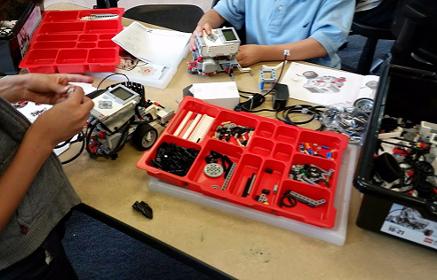
Tier I - Micro Making Spaces or Makerspace
Materials
Color pencils, markers, large (street) chalk
Paper, butcher paper rolls, construction paper, cardstock
Popsicle sticks, balsa wood
Paint - watercolor
Playdough
School glue bottles and glue sticks
Building- Blocks, LEGOs, Sticks, Magnet Tiles
Tools
Measuring Tools - 12” and 36” rulers, measuring tape, plastic shape guides
Small scissors/safety scissors
6 classic simple machines - Lever, Wheel and axle, Pulley, Inclined plane, Wedge, Screw
Tablet and Laptop computers
black and white networked laser printer
Garden Tools (smaller size handles)
Furniture
Floor mats for individual or group floor work
Whiteboards - Individual and portable stand
Nesting tables and task chairs with casters to repurpose the space
Storage cabinets using plastic containers to organize robotics kits and STEAM resources and materials
Mobile utility carts used next to tables
Paint Easels
Tier II - Micro Making Spaces or Makerspace
Materials
Clay
Pre cut hardwood
Hammer, nails
Paint - acrylic paints, latex paint and stains
Tools
Heavy duty cutting board
Larger sharper scissors
Measuring tools - calipers, rulers, protractors
Simple hand tools for building - screwdrivers, socket drivers, pliers, allen wrenches
Hot glue gun, Staple gun
C Clamps
Desktop Computers - Image editing and Video editing software
Networked color laser printer
3D Printer - 3D Printer Curriculum Kits
Furniture
Butcher block or metal top workshop tables
Fixed or self-adjusting Stools for standing or sitting
Tier III - Micro Making Spaces or Makerspace
Tier III is typically at the high school level. Make sure you have strict procedures for all power tools that may include specific parent permission forms regarding tools and equipment use, and student training procedures. Every tool should have a home where students can access- based on their access and supervision level.
Materials
Classroom robotics and building kits - VEX, Lego Mindstorms, Fischertechnik
Hardwoods - 2x4’s, Sheet plywood
Tools
Portable power tools for drilling, screwing, cutting
Stationary Power Tools - Radial Saw, Drill Press
Box cutters, hobby knives Metal cutting shears,
Desktop Computers - CAD/CAM Programming Software
3D Printers, 3D Modeling Software
Electronic/computerized measurement: electronic balances, force sensors, computer software for image-processing, motion-capture, video-editing
Furniture
Drafting Tables
Butcher Block Tables with Storage Space
Metal Tables
Metal Stools
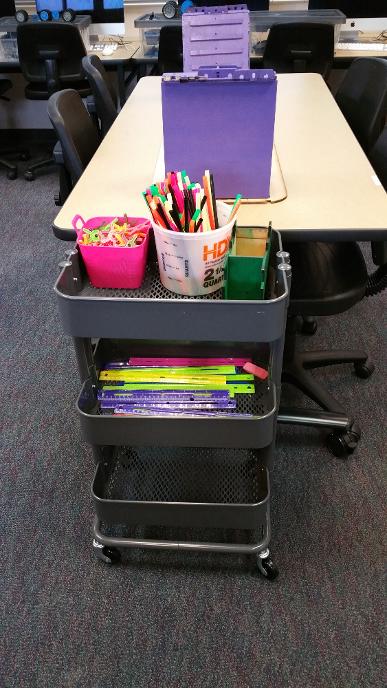
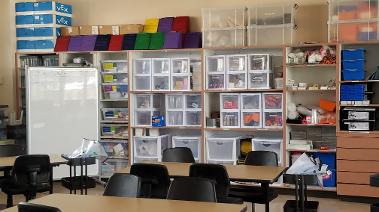
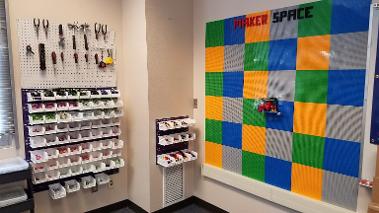
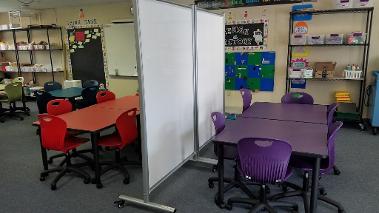
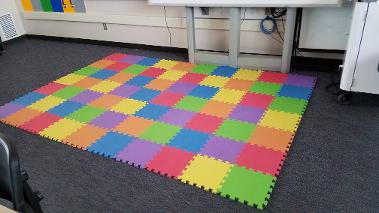
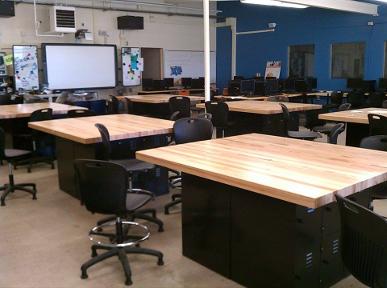
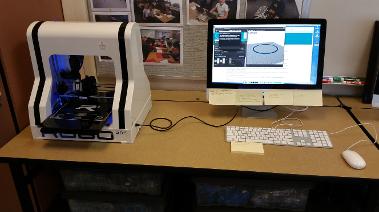
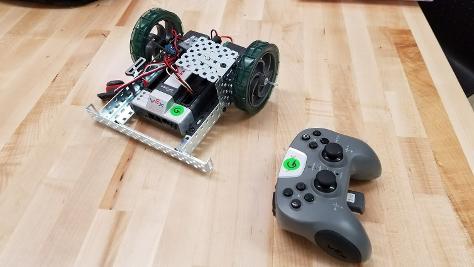
Resources

No part of this publication may be reproduced, distributed or transmitted in any form or by any means, including photocopying, recording, or other electronic or mechanical methods, without the prior written permission of the publisher, except in the case of brief quotations embodied in critical reviews and certain other noncommercial uses permitted by copyright law. For permission requests, write to the publisher, addressed “Attention: Permissions Coordinator,”
at the address below.
Groupwerk Publishing
Skinner Building
1326 Fifth Avenue | Suite 438
Seattle, WA 98101
